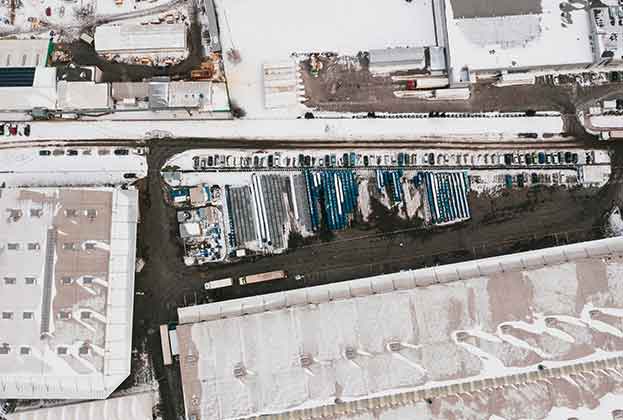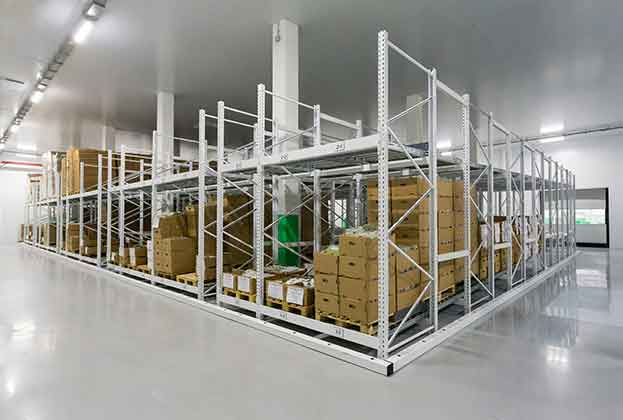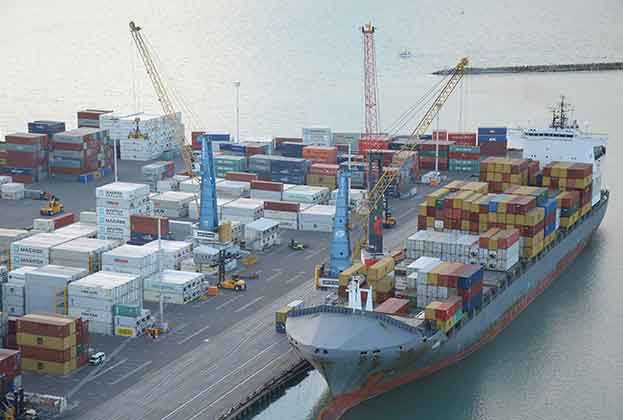Inspecting cold stores – whether they are full of peas, ice cream or condemned meat destined for pet food – requires building surveyors to understand the fundamental differences that come with effectively turning a building ‘inside out’.
Usually we look at properties that are warmer inside than their surrounding environment, but cold stores typically run at -25°C to -30°C, and are therefore the opposite. The ultimate aim at its most simple is to keep the cold in and the heat out, so dealing with the physics that come with this presents a raft of challenges.
As with all commercial property types, surveys are undertaken as part of an acquisition process, to assess condition and flag problems which could later have an impact on investment value or cause issues for future tenants. Cold stores have their own specific set of potential issues to be aware of.
Without suitable precautions, the extreme cold within the store would be transmitted into the ground below the building, freezing the soil and causing frost heave (where the soil wells upwards during freezing conditions as ice grows towards the surface) to the floor slab and the foundations. The temperature means that insulating the slab alone is not enough.
Instead, the ground actually needs to be heated, normally by a network of pipes laid below the slab through which waste heat obtained from the chiller plant is circulated. This works just like the heat exchanger on the back of a domestic fridge. In many cases, the pipework is visible, looping in and out of the floor slab, with flow markers ticking away the fluid's circulation around the building. Without this precaution – or if it fails – the building will rapidly become unusable due to the effects of the heaving ground on the floor slab and foundation. Checking that systems to avoid frost heave are all working efficiently is therefore a vital part of the surveying process.
In ‘normal’ buildings, the external envelope is insulated to keep heat in, with a vapour barrier installed on the warm, inside face. This is reversed in the case of cold stores, with the extreme temperature gradient meaning careful detailing around construction joints and penetrations is required. If condensation does occur between surfaces, the water will freeze and can potentially rupture cladding and linings so identifying any early indicators of this is key. To simplify this detailing, many contemporary cold store buildings are externally framed, with the cladding hung within the structural frame – not pretty, but effective.
Surveying cold stores also brings personal challenges of its own – a standard hi-vis jacket is useless against the cold, and a camera quickly ceases to function as the batteries chill. Wrapping cameras and dictaphones in a plastic bag when leaving the building will also prevent condensation ruining the electrics.
The good news is that problems in cold stores are pretty easy to spot. Racking heavily shimmed up to compensate for heaving floors, or portal frames steadied by guy ropes should be obvious, as is masses of ice around ruptured cladding. And though surveying one is like working in a freezer, at least that makes it a pleasure to step outside no matter what the season is.
Further information
Contact Savills Building & Project Consultancy
.jpg)

.jpg)





.jpg)

.jpg)